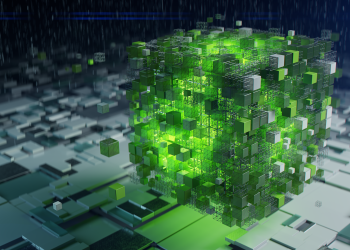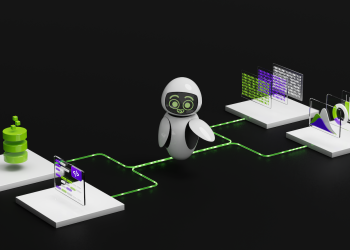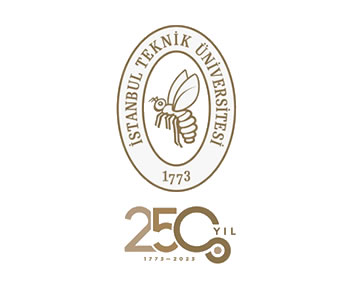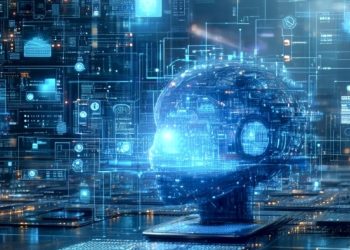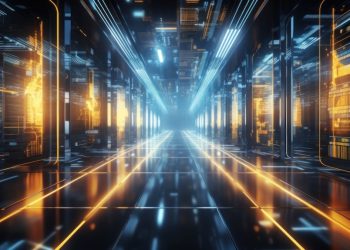to be a little optimistic with timeframes.”
Indeed, Tesla has historically struggled with meeting deadlines for its more ambitious projects such as its Full Self-Driving (FSD) and even shipping the Cybertruck, which Musk at one point suggested would be waterproof enough to act as a boat for short journeys (it is not and cannot).
As Washington Post technology journalist Faiz Siddiqui noted on X, the entire We, Robot event livestream was preceded by a heavy disclaimer from Tesla stating, in part, that “Forward-looking statements are based on assumptions with respect to the future, are based on management’s current expectations, involve certain risks and uncertainties, and are not guarantees. Future results may differ materially from those expressed in any forward-looking statement.”
While the vision of affordable autonomous transportation is compelling, much remains uncertain about when—or if—Tesla can deliver on these promises.
Robovan: Tesla’s answer to buses, trains, and mass transit
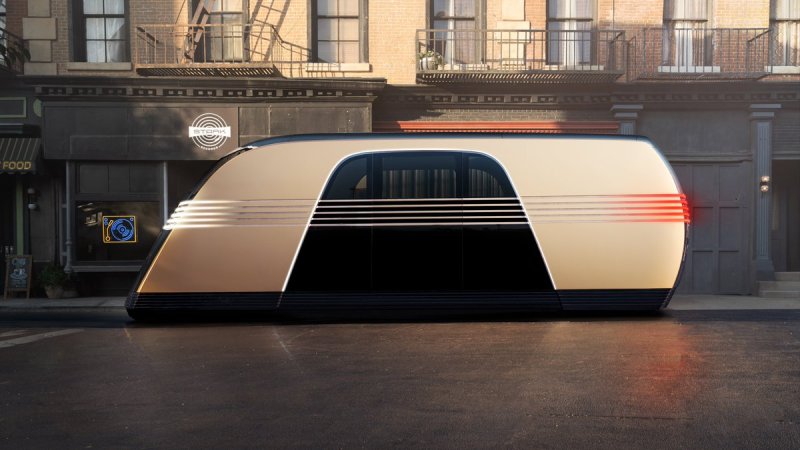
Another key reveal at the event was Tesla’s Robovan, a large autonomous vehicle designed to transport up to 20 passengers or goods.
Musk positioned the Robovan as a potential solution for high-density urban transport, hinting at a future where autonomous shuttles replace conventional buses.
The Robovan represents a vision of more efficient, less congested cities where autonomous vehicles run frequently enough to eliminate the need for large, underutilized parking lots.
Musk suggested that, over time, cities could convert parking spaces into parks, improving the quality of life in urban areas.
Some technology observers such as Brian Roemmele on X were overjoyed at the news, especially the Robovan’s sleek, striking art deco design, even predicting that “100s of 1000s” or hundreds of thousands of people would be living in Robovans converted into mobile homes by 2031.

Despite these ambitious goals and praise, critics were quick to point out that Tesla offered no specific timeline for the Robovan’s production.
X user Facts Chaser noted that while Tesla unveiled a prototype, China already has operational autonomous vans in real urban environments.
Tesla Full Self-Driving coming to Texas and California next year?
A recurring theme at the We Robot event was Musk’s long-held belief that autonomous vehicles will revolutionize urban life by reducing traffic, improving safety and reclaiming public spaces.
Tesla’s plans to launch fully unsupervised Full Self-Driving (FSD) in Texas and California by 2025 were highlighted as a pivotal moment in this transformation.
The rollout will begin with the Model 3 and Model Y, followed by the Cybertruck and eventually the Cybercab.
Musk painted a picture of a future where autonomous vehicles are used up to ten times more frequently than today’s cars, dramatically increasing their value.
However, despite Musk’s optimism, several hurdles remain. Tesla has faced significant regulatory challenges in deploying its FSD technology, and autonomous driving technology in general has not yet reached the Level 4 autonomy necessary for vehicles to operate without human oversight.
Optimus: your future household helper?
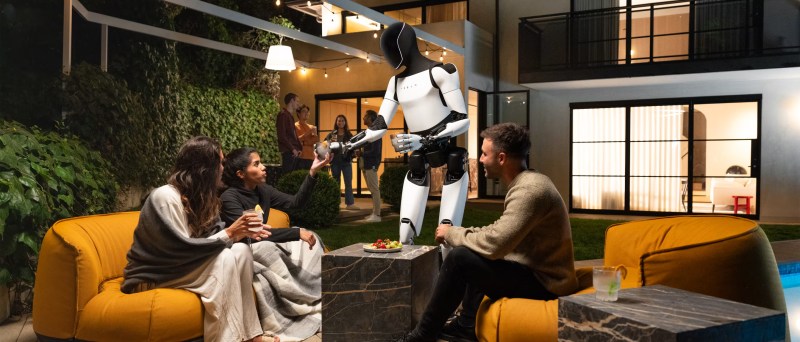
Tesla’s Optimus humanoid robot also took center stage at the event. Musk introduced the robot as a personal assistant capable of performing everyday tasks like babysitting, walking dogs, mowing lawns, or even serving drinks at parties.
The robot was showcased interacting with and speaking with attendees, even bartending and playing halting games of “rock, paper, scissors” impressing many with its potential versatility.
According to Musk, at scale, Optimus could be sold for $20,000 to $30,000, making it a possible addition to millions of households.
However, he again provided no specific timeline for its release, nor publicly answered questions about how the robot would handle adverse situations like a dog or child running away, breaking something, or causing other problems and mischief, let alone ensuring the robot would be able to handle said common situations safely and without harming others in the process.
Meanwhile, other robotics providers such as startup Figure, 1X (both backed by OpenAI), and many newcomers from China are pursuing their own humanoid robotic helpers for the home, setting up an intense contest. However, Tesla has shown itself to be resistant to challengers in the EV market and continues to grow market share, making the outlook for Optimus potentially more bullish.
Safety, legal and regulatory challenges remain
One of the biggest challenges facing Tesla as it pushes for widespread adoption of autonomous vehicles and robots is regulatory approval.
While Musk’s vision of autonomous transport is bold, it is fraught with legal and safety concerns.
Vehicles like the Cybercab, which lack steering wheels and pedals, will need to comply with strict safety standards before they can be sold or used on public roads.
Tesla’s existing FSD technology has already come under scrutiny from regulators following several high-profile accidents involving Tesla vehicles operating under partial autonomy.
For Tesla to achieve Level 4 autonomy—where a vehicle can operate without human intervention under specific conditions—it will need to prove that its systems can reliably handle a wide range of driving scenarios without putting passengers or pedestrians at risk.
Spammers take advantage of the attention
The We Robot event attracted significant online attention, though the livestream was marred by a flood of bots and spammers promoting an unrelated cryptocurrency token, XAI33x.
Despite the disruption, Tesla fans were generally enthusiastic about the future Musk presented, although many were left with lingering doubts about the timelines and feasibility of some of the announcements.

